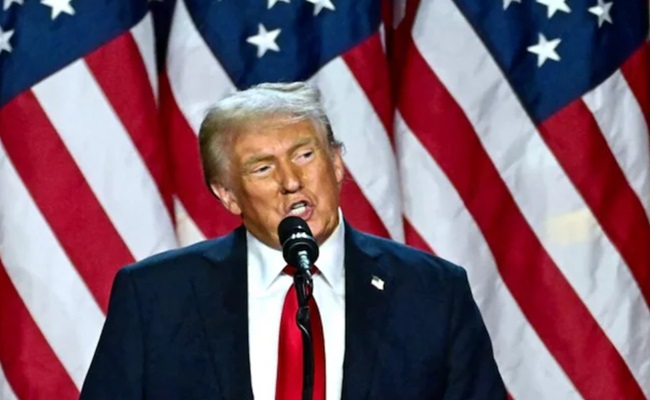
The announcement of a new $100,000 annual fee for H-1B visa holders has sparked widespread debate among professionals, employers, and immigration experts.
While the executive proclamation is yet to be fully detailed, here’s what we know so far about who could be impacted.
1. New H-1B Applicants
The fee is expected to apply to new applicants, including those selected through the annual lottery system.
Traditionally, H-1B visas have already involved significant filing costs borne by sponsoring employers, but this new fee dramatically increases the financial barrier for individuals and companies alike.
2. Annual Fee Structure
Commerce Secretary Howard Lutnick confirmed that this will not be a one-time cost, but an annual fee.
That means the $100,000 payment could be required every year that the visa remains active, placing a heavy financial strain on both workers and employers.
3. Renewals and Extensions
While the proclamation specifically mentions “applications,” the use of the term “annual fee” suggests that renewals and extensions could also fall under the new rule.
However, this has not yet been explicitly confirmed, leaving uncertainty for current visa holders approaching their renewal dates.
Broader Implications
If applied as stated, the policy could reshape the H-1B landscape:
Employers may hesitate to sponsor foreign workers, given the steep annual cost.
Talented professionals could be discouraged from applying, pushing them toward other countries with friendlier immigration systems.
The US tech and innovation sectors, traditionally heavy users of H-1B talent, may struggle to attract global talent.
As stakeholders await further clarification, the new fee has already created waves in the global workforce community, raising pressing questions about the future of high-skilled immigration in the United States.














